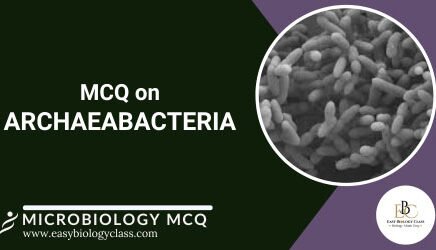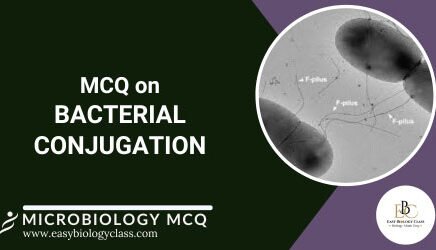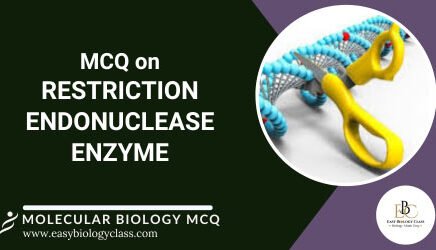
MCQ on Archaebacteria with Answers (PDF)
Archaebacteria, or archaea, are a group of single-celled microorganisms distinct from bacteria and eukaryotes. They thrive in extreme environments like hot springs, salt lakes, and […]

Archaebacteria, or archaea, are a group of single-celled microorganisms distinct from bacteria and eukaryotes. They thrive in extreme environments like hot springs, salt lakes, and […]

Bacterial conjugation is a process where one bacterium transfers genetic material to another through direct contact. A donor cell with a plasmid forms a pilus […]

A restriction enzyme, or restriction endonuclease, is a protein produced by bacteria that cuts DNA at specific sequences, known as recognition sites. These enzymes serve […]

Restriction endonucleases, or restriction enzymes, are proteins that cut DNA at specific recognition sequences, usually palindromic. Found naturally in bacteria, they serve as a defense […]

Koch’s postulates are four criteria developed by Robert Koch to establish a causal relationship between a microorganism and a disease. They include isolating the microbe, […]

Lipopolysaccharide (LPS) is a vital component of gram-negative bacterial outer membranes. Comprising lipid A, O-antigen, and core polysaccharide, LPS influences bacterial integrity, immune responses, and […]

Wine yeast refers to strains of Saccharomyces cerevisiae specifically used in winemaking. These yeasts ferment grape sugars into alcohol and carbon dioxide, influencing wine flavor, […]

Fermentation technology involves using microorganisms like bacteria, yeast, or fungi to convert organic compounds into products like alcohol, acids, or gases. It’s applied in food, […]

Green fluorescent proteins (GFP) are naturally occurring proteins that emit green light when exposed to ultraviolet or blue light. Widely used as a biomarker, GFP […]